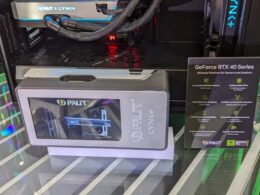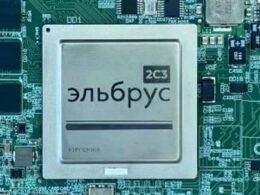Rene Haas, the head of Arm, predicts that the Arm architecture will seize more than 50% of the Windows PC market within the next five years. This forecast, however, has been met with skepticism from observers and even direct competitors, including Intel.
Intel’s Corporate Vice President of Planning and Investor Relations, John Pitzer, shared his perspective at the Bank of America Technology Conference held after the Intel and Arm leaders spoke at Computex 2024. While expressing due respect for all of Intel’s competitors, Pitzer underlined that Arm’s attempts to establish market share in the Windows-operated PCs domain have been ongoing for nearly 15 years, with minimal success. This outcome is attributed to Intel’s robust product range and strong ecosystem.
Pitzer stated, “We believe the dynamics have not significantly changed since 2011.” He acknowledged Microsoft’s increased efforts in this direction, assisting Qualcomm in advancing its Arm-compatible solutions. Nevertheless, Apple remains the sole successful Arm client in the PC market, with a market share of only 10% over more than 25 years.
Pitzer pointed out that Apple’s success in this area owes little to Arm’s architectural benefits, instead stressing Cupertino’s own ecosystem of hardware and software solutions. “These things are hard to implement and replace, and I think we have the needed ecosystem that will ensure our high competitiveness in the PC market for AI as it develops,” Pitzer commented.
He added that Arm does not structurally hold an advantage over x86-compatible architecture and stressed the importance of processor performance, energy consumption, and “historical compatibility.” Intel processors are noted for the latter factor, unlike Arm whose processors may not be compatible with software used by some enterprises for 15 to 20 years. However, with Sierra Forest server processors featuring “E” cores offering competitive efficiency and performance advantages while retaining all the benefits of x86-compatible platforms, Pitzer argued that the advantages of Arm are not as obvious.





